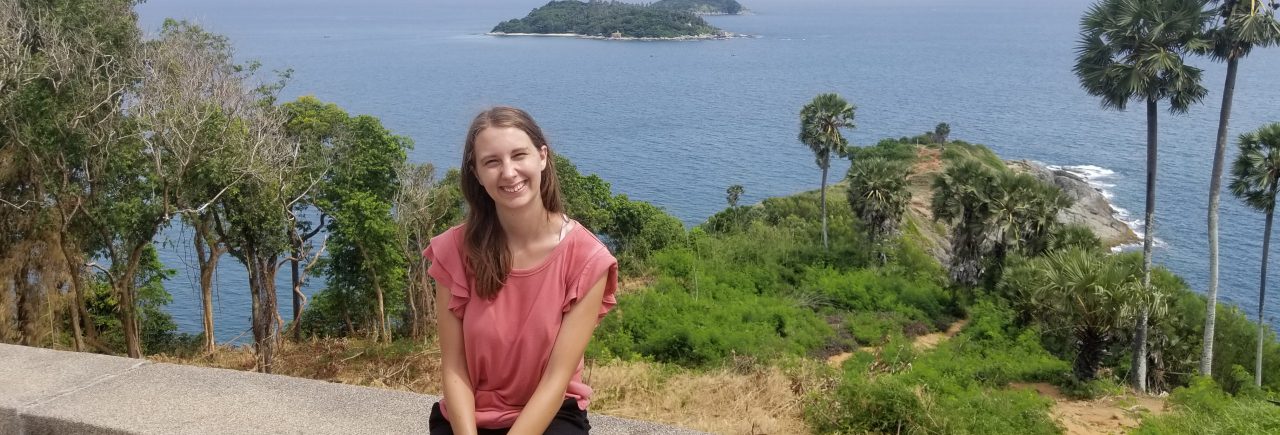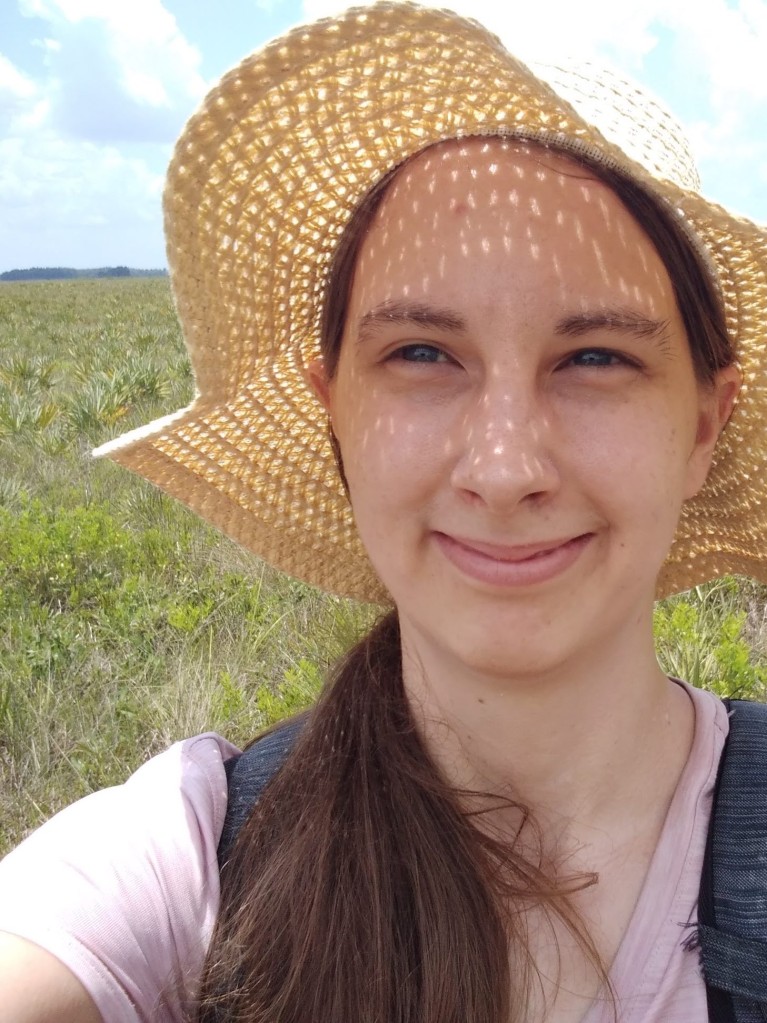On most days, sandpipers, seagulls, pelicans, egrets, and other shorebirds line the shore. Dozens of sandpipers rummage the sand at the water’s edge, pecking for any food they can find. People are seen swimming, sunbathing, and walking up and down the beach, enjoying the warmth and sunshine.
Today, however, was different; it was pouring rain. It was one of our first days back in Florida, so my husband and I were not going to let a little rain stop us from going to the beach.
The little parking lot, that was normally packed, was empty. We left all our belongings in the car including our shoes. It was pouring so hard everything would be soaked in a few seconds. We got out of the car and ran barefoot across the pavement to the beach. I felt like a kid again, running in the rain in my swimsuit and getting soaked.
Normally Florida is hot in May, but the rain cooled everything down, and now I had an uncontrollable shiver as I walked across the wet sand. Allen jumped in as the rain splashed against the waves.
I hesitated, like I usually do, because I never know what sort of creatures might be hiding in the water. I waded in up to my knees and splashed the water with my hands. It was warmer than the air that was making me shiver. As cold as I was, the coolness was a relief since it had been hot all day in our house with broken air-conditioning.
I looked out at the Gulf of Mexico in front of me. It was strange seeing the clouds hanging so low above the ocean. They formed a dense gray fog. The waves moved up and down, pushed by the rain and gentle wind. It was almost frightening being so close to such a wild and untamed piece of nature.
My mind wandered to movies I had seen like “Castaway” and “Life of Pi” where people were stranded at sea, pushed mercilessly by the stormy waves. I shivered again and tried to not think of the miles and miles of open water in front of me.
I turned and looked around at the sand. There was not a person in sight. Usually, you could see dozens of people swimming and walking up and down Indian Rocks Beach.
I looked some more and noticed that the birds had all left too. It was eerie and quiet. It’s funny how rain can empty a beach that is normally filled with people. It was peaceful. I splashed around and savored the quiet for a moment. My head cleared and I relaxed from our long weekend of moving into our new home.
I looked at the sand on my left again; it was empty except for one lone sandpiper. The sandpiper was running around, pecking at the sand at the edge of the waves, and finding any bit of food he could. He didn’t seem bothered by the rain that was pouring on him; he was just busy going about his day as if nothing was happening.
“Allen, look at that sandpiper,” I said pointing at the sandpiper who continued pecking at the sand. I watched him run back and forth, scurrying along the beach. I was so used to seeing them in groups of dozens, but he was the only one on the beach. For a bird that is typically social, he seemed to be enjoying the solitude.
I felt like the lone sandpiper at that moment. He was the only bird at the beach, and my husband and I were the only humans there. We were all enjoying the beach like we normally do, despite the downpour and cold. The beach is enjoyable in any weather, and the sandpiper seemed to think so too.
He was probably happy to not have to worry about anyone else taking his food; he could eat in peace. Sometimes it’s nice to be alone. Maybe it’s a little eerie, but it’s also peaceful. The sandpiper continued running along the edge of the waves, pecking at the sand, and content to enjoy the beach alone.
Originally published on Odyssey







 Anhinga fishing in the water Corrinne Brumby
Anhinga fishing in the water Corrinne Brumby
